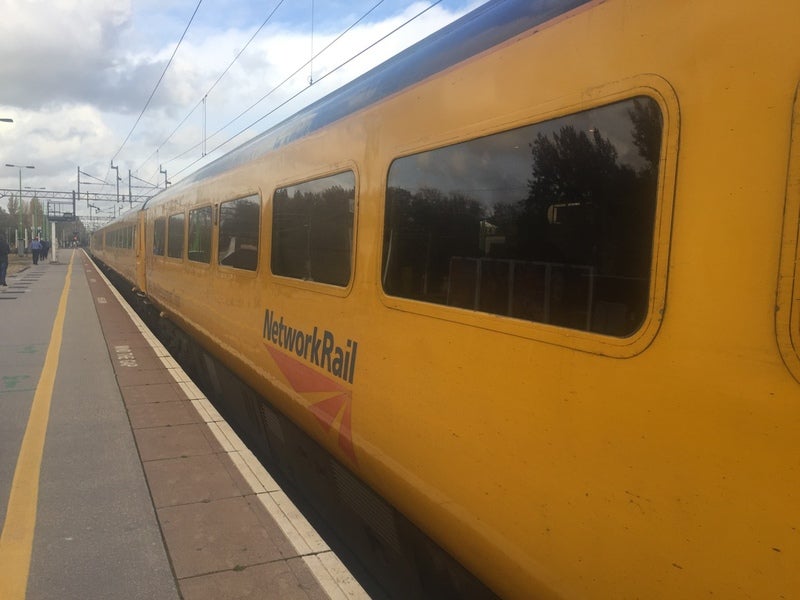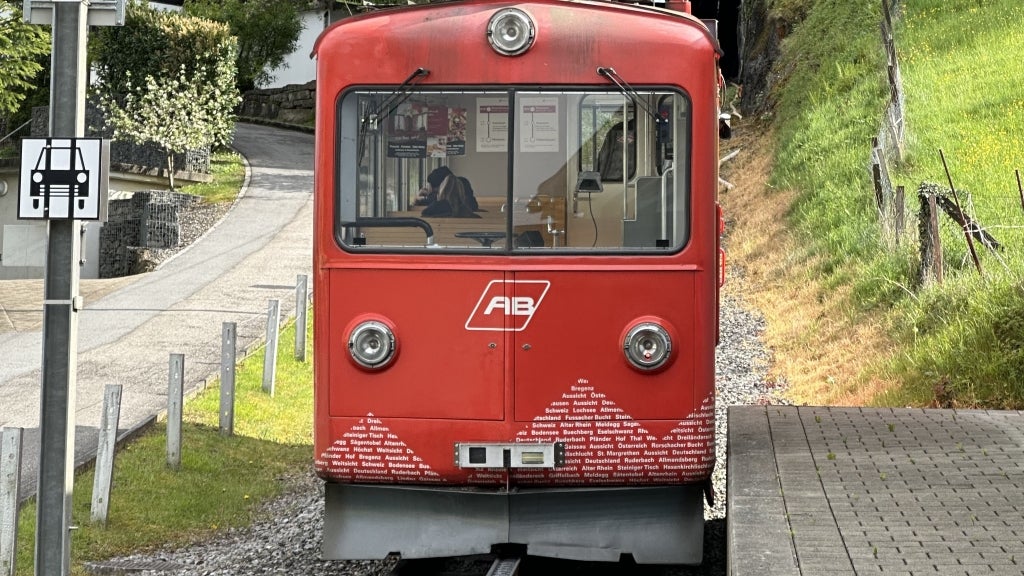
UK’s Network Rail is set to expand the usage of Plain Line Pattern Recognition (PLPR) technology in a bid to strengthen its track maintenance capabilities.
In Control Period 6, spanning from 2019 to 2024, the PLPR technology is estimated to cover around 975,000 miles of railway track.
Usage of the technology will improve Network Rail’s capacity to detect track defects and reduce operational delays due to flaws in the network. It will also eliminate the need to carry out manual inspections of the rail lines.
Network Rail Asset Information Services head of Delivery [Data Collection] Steve Quinby said: “PLPR is fundamental in helping us to be safer and more efficient.
“In January, we opened a second PLPR facility in Derby that increases our capacity and resilience to monitor, inspect and fix track faults, to the ultimate benefit of passengers.”
Network Rail has five monitoring trains, such as the New Measurement Train (NMT), which utilise PLPR to assess and record track conditions. The technology is capable of identifying missing fasteners, excess ballast and ineffective rail clamps.
How well do you really know your competitors?
Access the most comprehensive Company Profiles on the market, powered by GlobalData. Save hours of research. Gain competitive edge.

Thank you!
Your download email will arrive shortly
Not ready to buy yet? Download a free sample
We are confident about the unique quality of our Company Profiles. However, we want you to make the most beneficial decision for your business, so we offer a free sample that you can download by submitting the below form
By GlobalDataThe monitoring trains are equipped with cameras, which take an image of the track every 0.8mm. It captures up to 70,000 images per second at the top speed of 125mph.
All potential defects on the track are sent to a PLPR facility in Derby for further assessment by a team of inspectors.
When confirmed, local track section managers are alerted about the defects and necessary rehabilitation works are initiated.
To date, PLPR-equipped trains have carried out inspections on 8,500 miles of track.







